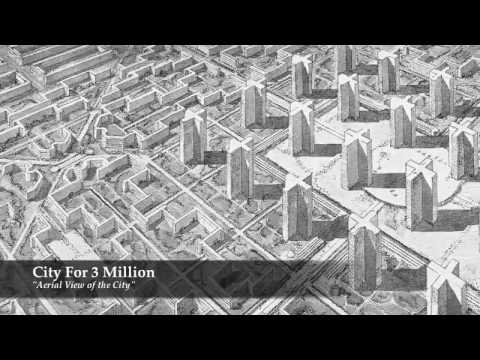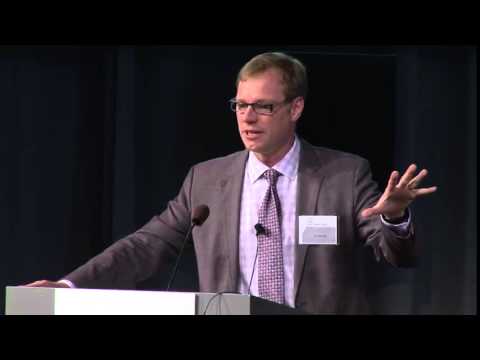A Visual Exploration of the Fritz Lang’s Film Metropolis
& its relationship to other Futurist works of the 1920s
including Le Corbusier’s The City of To-Morrow &
Hugh Ferriss’s The Metropolis of Tomorrow
Chris Fagan
Source
Architectural Futurism of the 1920s




That looks pretty tremendous for a vision of the 1920's..
Respect for that..
Nice Video!!
Interesting
Thank you for this video. I was looking for each one of these 3 themes, and I found them in only one video. Chris Fagan, thanks a lot, really!
Great video!
Cram like ants? It doesn't have to be like that.
Do people really enjoy being isolated from society and overweight? Do they truly enjoy not having any sense of neighborhood? Do they really enjoy traffic jams and having to drive an hour or more to work? High gas prices? Keep in mind that the way we have built the last century cannot be sustained or maintained.
A properly built city, done well, provides access to green space, culture, entertainment, etc… that urban sprawl can never offer.
There concepts transcent our basic uderstanding…
Where can i find similar info? I love this!
It is true that most people want their own patch of land. The surface area of land on Earth is approximately 148,300,000 sq km with a current global population of approximately 7,113,000,000 . Excluding many inhabitable areas of the Earth, this leaves a population density of around 51 people per square km. Much has changed since the days of Corbusier. Architects are now innovating ways to incorporate gardens in highrises, but perhaps more distantly, oceans are the future sites of cities.
a city based in cars, and for cars, not for humans, thanks god, this was never build.
Corbusier's 'City of Tomorrow' was built – its called "Brasilia" 🙂
Je travaille sur ce thème voir vidéo sur ma chaine.
Awesome video! Very informative. Thank you for sharing!
Learn how to pronounce Babel.
the last one was jew he wanted to create a kabalah city shame and lame
So now I know where the idea of Coruscant comes from and who inspired Lucas or whoever it was to create a planet wide city with enormous skyscrapers. People of the Past were a way idealistic, open-hearted and adjusted for the Future than we are nowadays!
Funny thing, that in Russia there is a battle between urbanists: some wants to build city blocks, other loves microdistricts. And those who wants to keep build microdistricts when you ask them "Why?" mentions Le Corbusier's philosophy and concepts.
Then Jane Jacobs showed up and pooped all over their dreams ??
All for naught
What an awful future this would’ve been